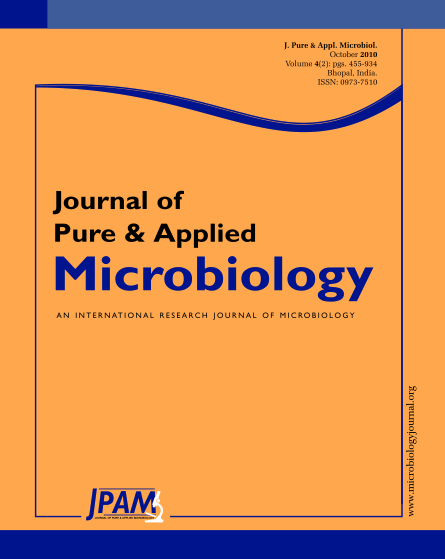Pseudomonas aeruginosa is emerging, as one of the leading causes of nosocomial infection. It’s ubiquitous nature and pathogenicity is attributed to their enormous genome that encrypts for virulence, antibiotic resistance and other regulatory genes which are fundamental for the survival and growth of this bacterium. A comparative analysis of Random Amplified Polymorphism across genomic DNA (RAPD) and ribosomal DNA (RArDNA) with Amplified Ribosomal DNA Restriction Analysis (ADRDA) targeting 16S rDNA region, were attempted in typing Pseudomonas aeruginosa isolates obtained from clinical (UTI) and diverse environmental sources. RAPD proved to be a better typing technique than RArDNA and ADRDA, though none of these techniques gave conclusive patterns for clinical samples. RArDNA gave unique patterns for only 3 environmental samples. ADRDA gave restriction pattern with BamH1 only. An amplicon of 956 base pairs by 16S rDNA-PCR for Oxidase and Gelatin negative Pseudomonas aeruginosa strains established the superiority of molecular assay in bacterial identification
Random Amplified Polymorphism across genomic DNA, Amplified Ribosomal DNA Restriction Analysis, Pseudomonas aeruginosa
© The Author(s) 2010. Open Access. This article is distributed under the terms of the Creative Commons Attribution 4.0 International License which permits unrestricted use, sharing, distribution, and reproduction in any medium, provided you give appropriate credit to the original author(s) and the source, provide a link to the Creative Commons license, and indicate if changes were made.


